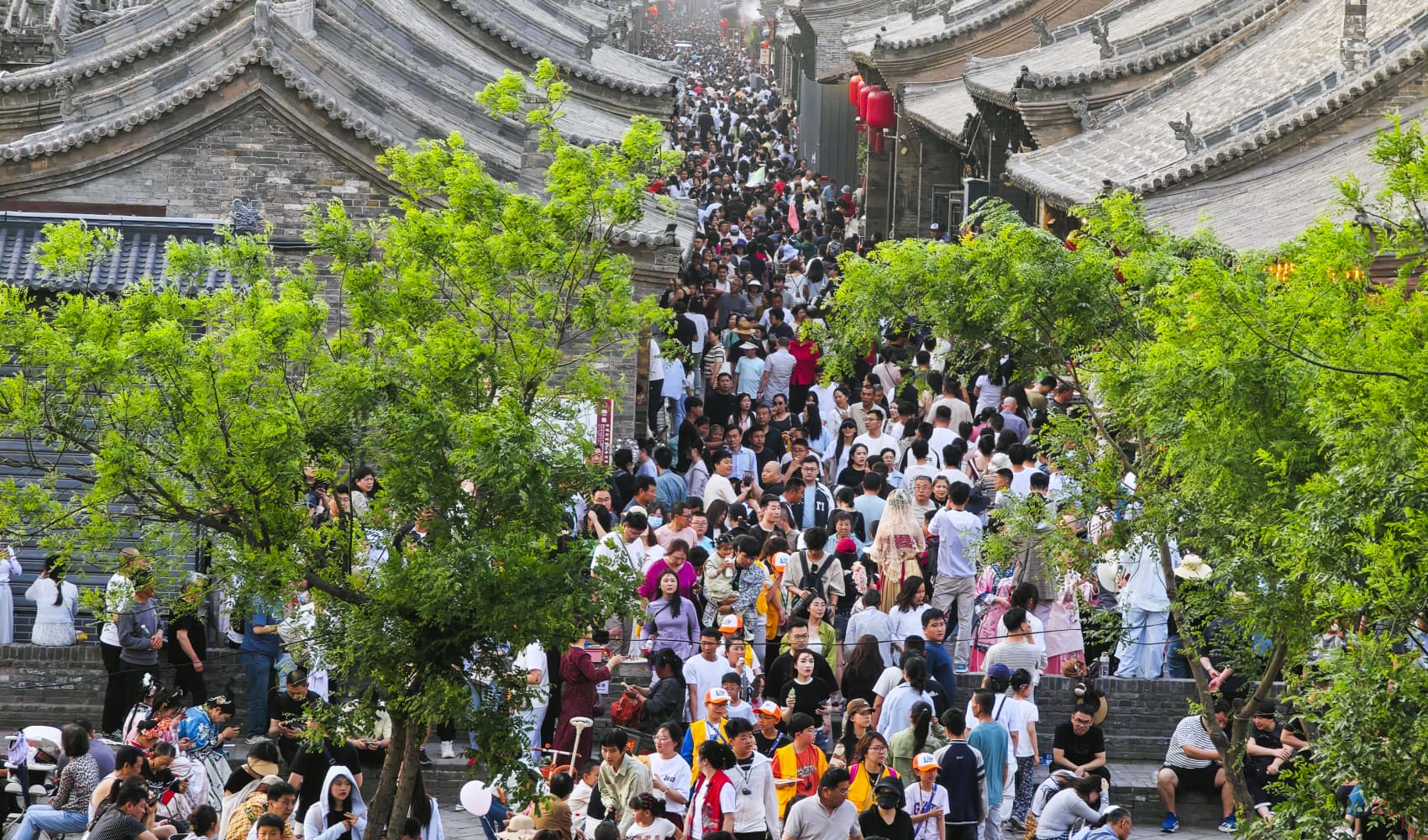U.S. Tourism Slump: Why Foreign Visitors Stay Away?
U.S. Tourism Troubles: Why Americans Are Jetting Off While Visitors Stay Away
Introduction: A Tale of Two Travel Trends
Ever noticed how your social media feed is suddenly flooded with photos of friends sipping Aperol spritzes in Venice or hiking through the Swiss Alps? You're not alone. While your friends are racking up frequent flyer miles abroad, something curious is happening back home: International tourism to the U.S. is facing headwinds. It's a peculiar paradox – a vibrant outbound market contrasted with a sluggish inbound one. The global travel industry, a behemoth worth $11 trillion, is witnessing this split in real-time. What’s going on?
The Numbers Don't Lie: A Decline in Arrivals
Let's get down to brass tacks. U.S. government data paints a clear picture. Think of it as a weather forecast for tourism – and right now, it’s looking a bit cloudy. Data reveals a concerning trend:
- A roughly 10% decline in visitors arriving by air in March compared to the previous year.
- This drop suggests that fewer international travelers are choosing the U.S. as their vacation destination.
- And preliminary data suggests this downward trend could be even worse if considering earlier months.
Is this just a blip on the radar, or a sign of something bigger? We’ll delve into the potential reasons behind this slump in the coming sections.
Airlines See the Silver Lining: Premium and International Demand Soar
While inbound tourism numbers are dropping, the airline industry isn't necessarily panicking. Why? Because Americans are filling those seats on international flights! Airline CEOs are reporting that despite the inbound slump, overall demand is strong. Consider this perspective:
Delta Air Lines and United Airlines CEOs say international and premium-travel demand is growing, making up for the shortfall in inbound tourism and weakness in domestic main cabin bookings. This strong international demand helps offset some of the losses from fewer international visitors and lukewarm domestic travel.
The Premium Travel Boom
It appears that many Americans are willing to spend more on travel. The demand for premium travel options, such as business and first-class tickets, are booming. Is this a sign of growing affluence, a desire for more comfortable travel experiences, or both?
An Anecdotal Evidence: Italy is the New Jersey Shore?
Consider Caroline Smith, an accounting director from Verona, New Jersey (not Italy!). She and her husband recently took their two children to Italy for Easter break. And guess what? It wasn't just their family enjoying gelato in Rome.
- On the Spanish Steps in Rome, they ran into another family from their town!
- And it gets even weirder. Two other families from the same area were also independently visiting Italy at the same time.
This isn't just a quirky coincidence. It reflects a broader trend: Americans are heading overseas in droves. It's like everyone got the memo to book a European vacation.
Why the Inbound Slump? Potential Contributing Factors
So, why are fewer international tourists visiting the U.S.? It’s a multifaceted issue with several potential causes:
The Strong Dollar: A Double-Edged Sword
A strong U.S. dollar makes travel to the U.S. more expensive for visitors holding other currencies. This is a key economical reason why foreigners are choosing to travel elsewhere.
Perception and Politics: The "America First" Effect?
Political climate and perceptions play a role. Some international travelers may feel less welcome or perceive the U.S. as less safe or welcoming than other destinations. Is "America First" translating into "America Last" on travel itineraries?
Competition Heats Up: The Rest of the World Fights Back
Other countries are actively investing in their tourism infrastructure and marketing efforts. They're becoming more attractive alternatives to the U.S., offering diverse experiences at competitive prices.
Visa Restrictions and Entry Processes: Bureaucratic Hurdles
Stringent visa requirements and complicated entry processes can deter potential visitors. Navigating the red tape can be a hassle, and some travelers may simply opt for destinations with easier entry procedures. It’s a case of "too much effort, not enough reward."
The American Wanderlust: Why We Can't Stop Traveling
Now, let's flip the coin. Why are Americans so eager to travel abroad?
The Revenge Travel Phenomenon: Making Up for Lost Time
After years of lockdowns and travel restrictions, people are eager to explore the world. It's a pent-up demand, a collective desire to make up for lost time and experience new cultures. We want to see, taste, and feel everything we missed out on!
Experiences Over Possessions: The Millennial Mindset
Millennials and younger generations prioritize experiences over material possessions. Travel fits perfectly into this mindset, offering opportunities for personal growth, cultural immersion, and unforgettable memories.
Social Media Influence: The FOMO Factor
Let's be honest, social media plays a role. Seeing friends and influencers post stunning travel photos creates a sense of FOMO (fear of missing out) and inspires others to embark on their own adventures. The world is a stage, and Instagram is our travel brochure.
Affordable Air Travel: Making the World Smaller
Budget airlines and competitive pricing have made international travel more accessible to a wider range of people. You don’t need to be a millionaire to explore Europe or Asia anymore. The world has shrunk thanks to affordable flights.
Impact on the U.S. Economy: More Than Just Lost Revenue
The decline in inbound tourism has a tangible impact on the U.S. economy. Tourism is a significant contributor to GDP, supporting jobs in various sectors, from hospitality to transportation. A decrease in international visitors translates to:
- Lost revenue for hotels, restaurants, and tourist attractions.
- Reduced employment opportunities in the tourism sector.
- A potential ripple effect on other related industries.
It's a serious issue that requires attention and strategic solutions.
Strategies to Revitalize U.S. Tourism: What Can Be Done?
What can be done to reverse this trend and attract more international visitors to the U.S.? It requires a multi-pronged approach:
Streamlining Visa Processes: Making it Easier to Visit
Simplifying visa application procedures and reducing processing times can make the U.S. a more attractive destination for tourists. Think of it as rolling out the welcome mat, not a bureaucratic obstacle course.
Promoting a Welcoming Image: Addressing Perceptions
Actively promoting a welcoming and inclusive image of the U.S. can help counter negative perceptions and reassure potential visitors. It’s about showcasing the diversity and hospitality of American culture.
Investing in Infrastructure: Enhancing the Tourist Experience
Upgrading infrastructure, such as airports, roads, and public transportation, can enhance the overall tourist experience and make the U.S. a more convenient and enjoyable destination. A smoother journey means happier travelers.
Targeted Marketing Campaigns: Highlighting Unique Attractions
Launching targeted marketing campaigns that showcase the unique attractions and experiences the U.S. has to offer can attract specific segments of the international travel market. It’s about highlighting what makes the U.S. special and appealing.
The Future of Travel: Adapting to a Changing Landscape
The travel industry is constantly evolving. Airlines, hotels, and destinations must adapt to changing consumer preferences and emerging trends to remain competitive. Understanding the motivations and needs of travelers is crucial for success.
Conclusion: A Call to Action for U.S. Tourism
The tale of two travel trends – Americans jetting off while inbound tourism slumps – is a wake-up call. The U.S. needs to actively address the factors contributing to the decline in international visitors and implement strategies to revitalize its tourism sector. From streamlining visa processes to promoting a welcoming image, a concerted effort is needed to ensure the U.S. remains a top destination for travelers from around the world. It's not just about economics; it's about cultural exchange, global understanding, and reaffirming America's place on the world stage.
Frequently Asked Questions
- Why has international tourism to the U.S. declined recently?
Several factors contribute, including a strong U.S. dollar making travel more expensive, perceptions of the political climate, increased competition from other countries, and complex visa and entry processes.
- What are some reasons why Americans are traveling abroad in large numbers?
Pent-up demand after travel restrictions, a preference for experiences over possessions, the influence of social media, and affordable air travel are all contributing factors.
- How does the decline in inbound tourism affect the U.S. economy?
It leads to lost revenue for hotels, restaurants, and tourist attractions, as well as reduced employment opportunities in the tourism sector.
- What can the U.S. government and tourism industry do to attract more international visitors?
Strategies include streamlining visa processes, promoting a welcoming image of the U.S., investing in infrastructure, and launching targeted marketing campaigns highlighting unique attractions.
- Are there specific types of international travelers that the U.S. should target?
Targeted marketing campaigns can focus on specific segments of the international travel market, such as adventure travelers, cultural enthusiasts, or luxury travelers, tailoring the message to their interests and preferences.




